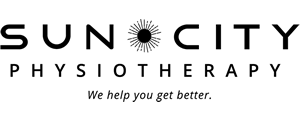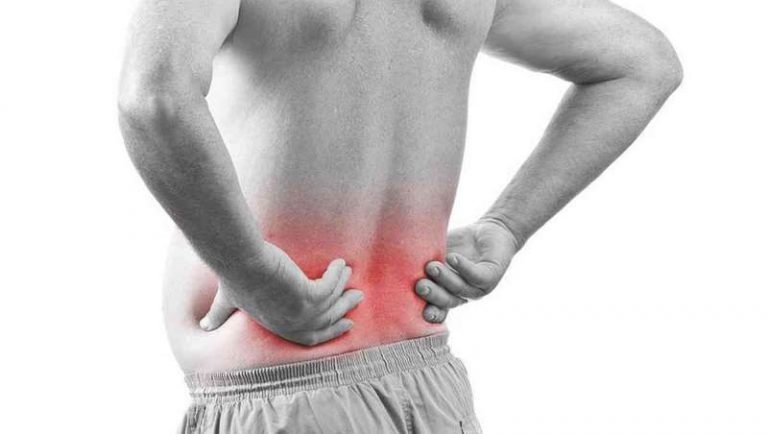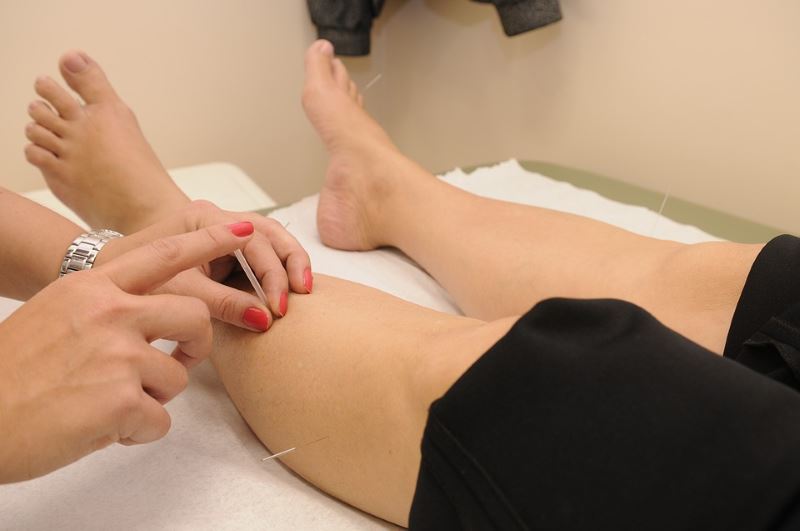Shoulder Pain
Do you lie awake at night with an aching shoulder? Do you feel sharp grabs of pain while reaching up into the cupboard or into the back seat of your car? Did your shoulder pain start one day without any injury that you can remember? Shoulder pain can keep us awake at night and limit our day-to-day activities – even the most basic ones like washing our hair or getting dressed. In this article we are going to talk about how shoulder problems can start and what there is to do about it.
First let’s talk about what is inside your shoulder. The shoulder is what we call a ‘ball and socket’ joint. This means that the top of the upper arm bone has a ‘ball’ like surface, and this ball connects with the concave surface of the shoulder blade, similar to a golf ball sitting on a tee. This type of joint (like your hip joint) is build for maximum mobility. Having so much mobility is a good thing because it allows our shoulder and arm to reach in all different directions. However, this excess mobility can also predispose the shoulder to injury.
Almost everyone has heard of the rotator cuff. The rotator cuff is a group of 4 muscles responsible for protecting the shoulder. These are often the muscles that are injured in the shoulder because they can become pinched inside the joint (referred to as ‘impingement’). The rotator cuff muscles work alongside the muscles of your shoulder blade to ensure that the ball is always positioned in the centre of the socket so as to avoid pinching, inflammation and pain. Impingement can occur if any of these shoulder muscles become tight or weak or if the neck and upper back are too stiff to allow for proper arm movement.
People that spend a large portion of their days sitting often become very weak in their shoulder blade muscles while at the same time also becoming tight in their chest, upper back and neck. Others spend a lot of their workday doing repetitive movements with their arm that also can create irritation and muscle imbalances in the shoulder. At night many of us tend to lay on our ‘favourite’ side while sleeping which squeezes the blood out of the shoulder thus causing further irritation and preventing recovery from the strain during the day.
If you start to have shoulder pain the best strategy is to avoid the movement that is creating the pain and to ice the shoulder for 15 minutes 2-3 times per day for the initial 3 days (after 3 days switch to heat for 20 mins, 2-3 times per day to increase blood flow/healing). Make sure to continue to move the shoulder in motions that don’t hurt in order to prevent your shoulder from getting stiff. Also try as best as you can to not sleep on the painful shoulder at night in order to allow healing.
If the pain does not subside within a week it is advisable to see your health care professional so that the specific reason for the shoulder pain can be diagnosed. In physiotherapy, pain control and stretching out tight muscles are usually the initial goals. Treatment then fairly quickly progresses to focusing on strengthening specific muscles as well as increasing overall flexibility. Often the conversation of prevention will focus on daily stretching or Yoga as well as emphasizing good posture while sitting.
I hope that you have learned a little bit about how the shoulder works and what can cause shoulder pain. If you are starting to have nagging shoulder pain or tightness, remember that it is much easier to deal now then ‘down the road’. Happy spring (summer) everyone!

Graham Gillies is a registered Physiotherapist at Sun City Physiotherapy Winfield and is a fellow of the Canadian Academy of Manipulative Therapy and a certified Gunn IMS and acupuncture practitioner.


